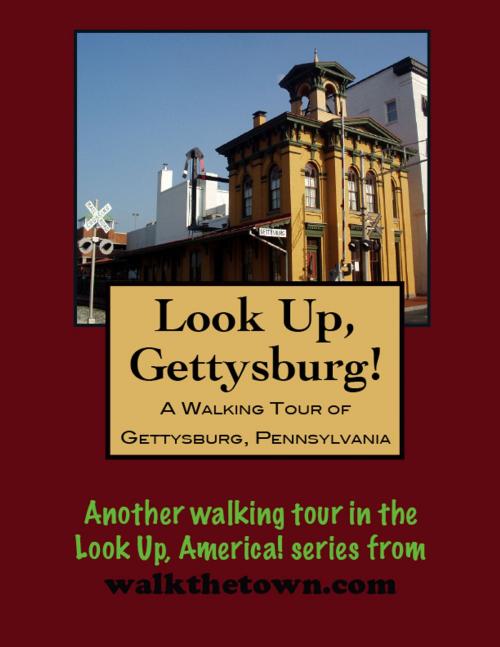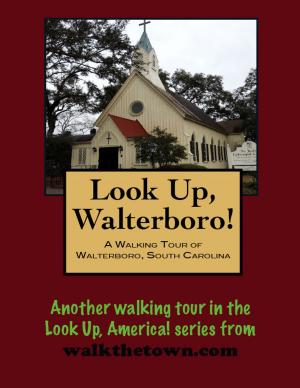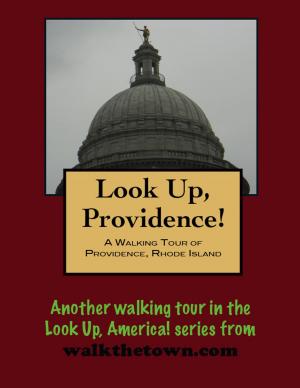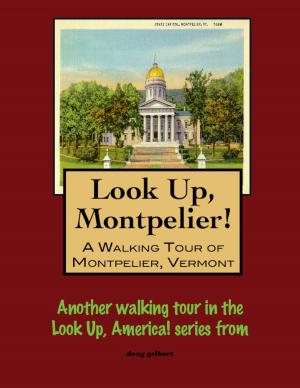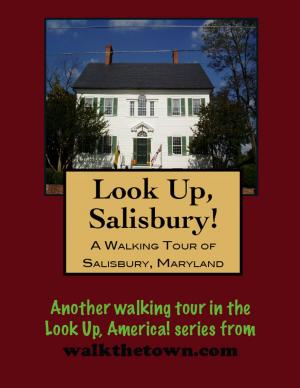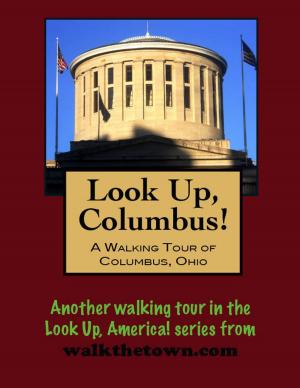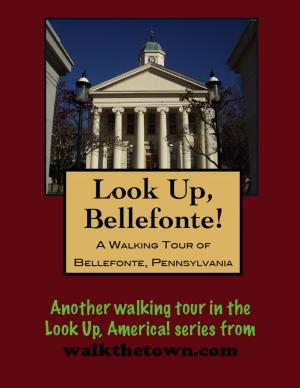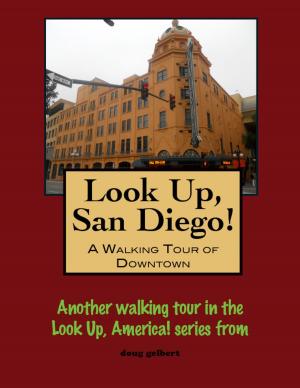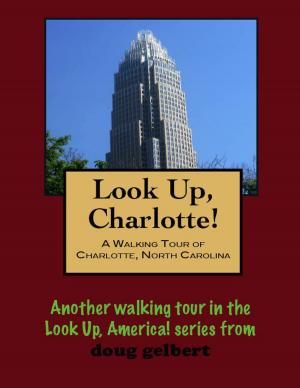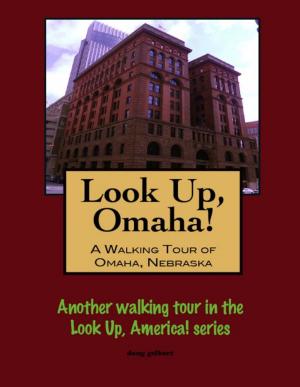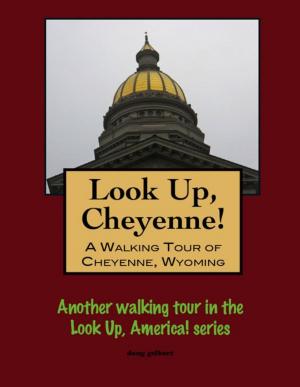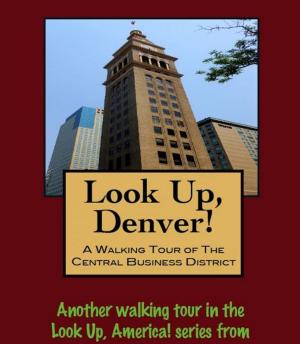Look Up, Gettysburg! A Walking Tour of Gettysburg, Pennsylvania
Nonfiction, Travel, United States, History, Americas| Author: | Doug Gelbert | ISBN: | 9781452339009 |
| Publisher: | Doug Gelbert | Publication: | November 11, 2010 |
| Imprint: | Smashwords Edition | Language: | English |
| Author: | Doug Gelbert |
| ISBN: | 9781452339009 |
| Publisher: | Doug Gelbert |
| Publication: | November 11, 2010 |
| Imprint: | Smashwords Edition |
| Language: | English |
There is no better way to see America than on foot. And there is no better way to appreciate what you are looking at than with a walking tour. Whether you are preparing for a road trip or just out to look at your own town in a new way.
Each walking tour describes historical and architectural landmarks and provides pictures to help out when those pesky street addresses are missing. Every tour also includes a quick primer on identifying architectural styles seen on American streets.
Gettysburg grew on the site of a farm belonging to Samuel Gettys which was part of the Marsh Creek Settlement, an area first purchased from the Iroquois Indians by the family of William Penn. It was Samuel’s middle son, James, who purchased a 116-acre slice of the 381-acre farmstead and by 1786 he had laid out 210 lots around his home (at today’s Race Horse Alley Parking Plaza).
Gettys was not merely a land speculator. He had an active interest in community affairs and served as burgess, town clerk, sheriff, treasurer and a state legislator. During the War of 1812 he was a brigadier general in the local militia. On March 18, 1815, James Gettys died at the age of 56, within a week of the deaths of his mother and his wife.
By this time the town he founded was a thriving community; it became a crossroads town for the developing farms carved out by Scots-irish and German settlers. The bustling new town was selected as the Adams County seat in 1800 and by 1806, when Gettysburg incorporated as a
borough, over 80 houses appeared on the tax rolls.
Gettysburg’s trajectory as a typical county seat and market town took a dramatic detour on July 1, 1863 when the Union Army of the Potomac, 92,000 men under General George Meade, clashed by chance with the invading Confederate Army of Northern Virginia, 70,000 troops led by General Robert E. Lee. Fighting raged for three days over 25 square miles around Gettysburg, culminating in a desperate Confederate charge across an open field into the center of the Union line under deadly fire. When the disastrous charge ended, the South’s ranks were shattered and the ulltimate outcome of the Civil War was never in doubt again. Lee had pressed the attack onto Northern soil and had been repulsed. It was his last major offensive of the Civil War. More men fought and more men died at Gettysburg than in any battle before or since on North American soil.
The town survived the battle mostly intact. it wasn’t long before the agricultural economy sprinkled with light industry such as carriage- and wagon-making was humming again. But as important anniversaries of the battle ticked off over the years, veterans began returning and America’s most famous battlefield became speckled with 1,4000 monuments, statues and markers. The Gettysburg economy shifted to tourism. A century later, when departing President Dwight Eisenhower decided to settle in Gettysburg - the first house he had ever owned - people had another reason to come visit.
Our walking tour of what bills itself as “The Most Famous Small Town In America” will begin where Abraham Lincoln stepped off a train on November 18, 1863, arriving in Gettysburg to dedicate a national cemetery and say a few, a very few, words - only 256 in fact...
There is no better way to see America than on foot. And there is no better way to appreciate what you are looking at than with a walking tour. Whether you are preparing for a road trip or just out to look at your own town in a new way.
Each walking tour describes historical and architectural landmarks and provides pictures to help out when those pesky street addresses are missing. Every tour also includes a quick primer on identifying architectural styles seen on American streets.
Gettysburg grew on the site of a farm belonging to Samuel Gettys which was part of the Marsh Creek Settlement, an area first purchased from the Iroquois Indians by the family of William Penn. It was Samuel’s middle son, James, who purchased a 116-acre slice of the 381-acre farmstead and by 1786 he had laid out 210 lots around his home (at today’s Race Horse Alley Parking Plaza).
Gettys was not merely a land speculator. He had an active interest in community affairs and served as burgess, town clerk, sheriff, treasurer and a state legislator. During the War of 1812 he was a brigadier general in the local militia. On March 18, 1815, James Gettys died at the age of 56, within a week of the deaths of his mother and his wife.
By this time the town he founded was a thriving community; it became a crossroads town for the developing farms carved out by Scots-irish and German settlers. The bustling new town was selected as the Adams County seat in 1800 and by 1806, when Gettysburg incorporated as a
borough, over 80 houses appeared on the tax rolls.
Gettysburg’s trajectory as a typical county seat and market town took a dramatic detour on July 1, 1863 when the Union Army of the Potomac, 92,000 men under General George Meade, clashed by chance with the invading Confederate Army of Northern Virginia, 70,000 troops led by General Robert E. Lee. Fighting raged for three days over 25 square miles around Gettysburg, culminating in a desperate Confederate charge across an open field into the center of the Union line under deadly fire. When the disastrous charge ended, the South’s ranks were shattered and the ulltimate outcome of the Civil War was never in doubt again. Lee had pressed the attack onto Northern soil and had been repulsed. It was his last major offensive of the Civil War. More men fought and more men died at Gettysburg than in any battle before or since on North American soil.
The town survived the battle mostly intact. it wasn’t long before the agricultural economy sprinkled with light industry such as carriage- and wagon-making was humming again. But as important anniversaries of the battle ticked off over the years, veterans began returning and America’s most famous battlefield became speckled with 1,4000 monuments, statues and markers. The Gettysburg economy shifted to tourism. A century later, when departing President Dwight Eisenhower decided to settle in Gettysburg - the first house he had ever owned - people had another reason to come visit.
Our walking tour of what bills itself as “The Most Famous Small Town In America” will begin where Abraham Lincoln stepped off a train on November 18, 1863, arriving in Gettysburg to dedicate a national cemetery and say a few, a very few, words - only 256 in fact...
